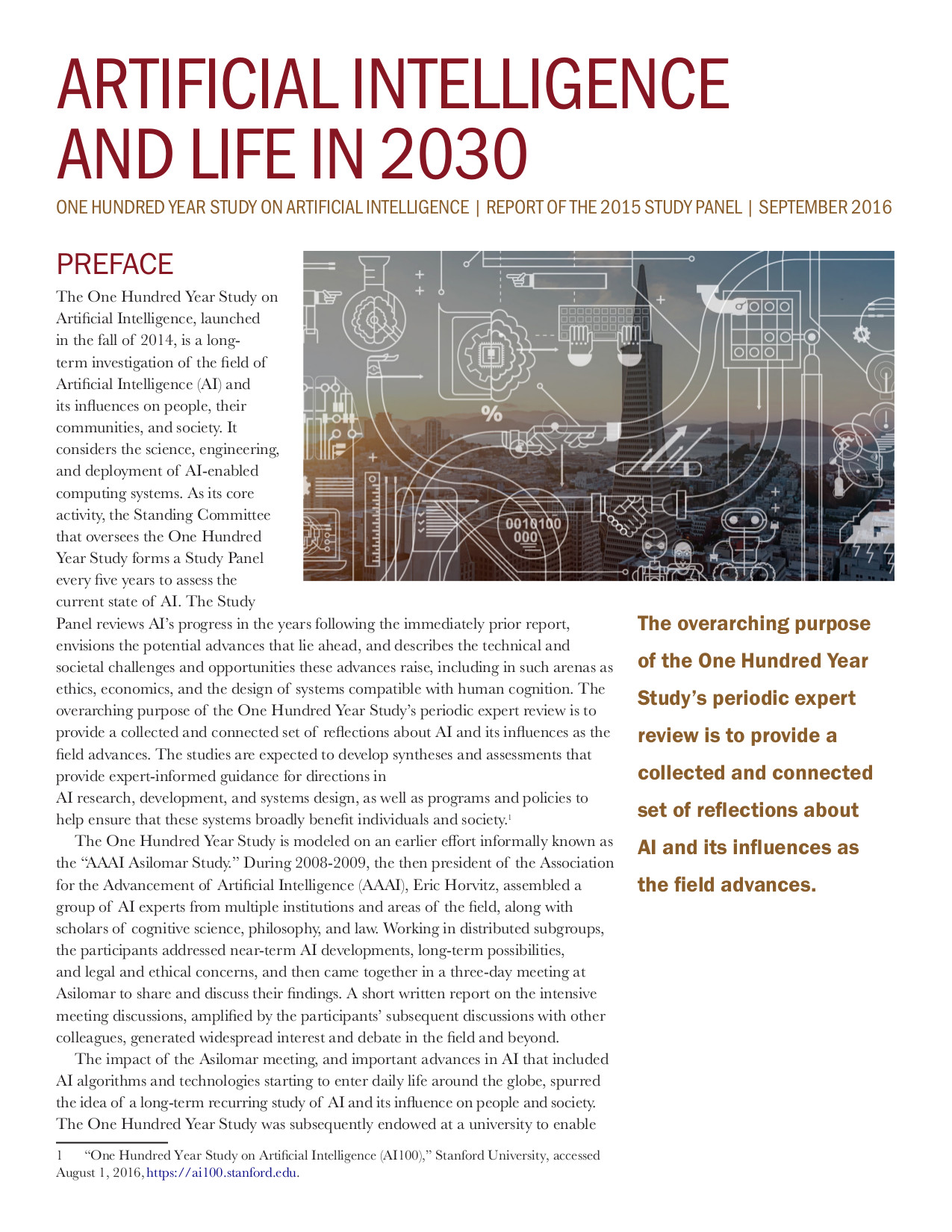Hito Steyerl: The Language of Broken Glass (2019)
Filed under video | Tags: · artificial intelligence, lecture-performance, machine learning, video
“Can artificial intelligence be taught to recognize the sound of glass breaking? Hito Steyerl presents her new film The City of Broken Windows and addresses the use of AI in security systems.”
Lecture given as part of “Stop Making Sense”, the Opening Days of The New Alphabet program, HKW, Berlin, 12 January 2019.
Publisher Haus der Kulturen der Welt, Berlin, 2019
26 min
via HKW
MP4 (215 MB)
Comment (0)Gary Westfahl: William Gibson (2013)
Filed under book | Tags: · artificial intelligence, biography, computing, cyberpunk, cyberspace, science fiction, virtual reality

“The leading figure in the development of cyberpunk, William Gibson (born in 1948) crafted works in which isolated humans explored near-future worlds of ubiquitous and intrusive computer technology and cybernetics. This volume is the first comprehensive examination of the author of the seminal novel Neuromancer (and the other books in the Sprawl trilogy, Count Zero and Mona Lisa Overdrive), as well as other acclaimed novels including Pattern Recognition, Spook Country, and Zero History. Gary Westfahl draws upon extensive research to provide a compelling account of Gibson’s writing career and his lasting influence in the science fiction world.
Delving into numerous science fiction fanzines that the young Gibson contributed to and edited, Westfahl delivers new information about Gibson’s childhood and adolescence. He describes for the first time more than eighty virtually unknown Gibson publications from his early years, including articles, reviews, poems, cartoons, letters, and a collaborative story. The book also documents the poems, articles, and introductions that Gibson has written for various books, and its discussions are enriched by illuminating comments from various print and online interviews. The works that made Gibson famous are also featured, as Westfahl performs extended analyses of Gibson’s ten novels and nineteen short stories. Lastly, the book presents a new interview with Gibson in which the author discusses his correspondence with author Fritz Leiber, his relationship with the late scholar Susan Wood, his attitudes toward critics, his overall impact on the field of science fiction, and his recently completed screenplay and forthcoming novel.”
Publisher University of Illinois Press, Urbana, IL 2013
Modern Masters of Science Fiction series
ISBN 9780252037801, 0252037804
xi+210 pages
via jl
Reviews: Benjamin Gabriel (Strange Horizons, 2013), D. Harlan Wilson (Extrapolation, 2013), Michael M. Levy (Science Fiction Studies, 2014), Lars Schmeink (Journal for the Fantastic in the Arts, 2014).
PDF (43 MB)
Comment (0)Artificial Intelligence and Life in 2030: One Hundred Year Study on Artificial Intelligence (2016)
Filed under report | Tags: · artificial intelligence, computing, industry, machine learning, society, technology

“The Stanford One Hundred Year Study on Artificial Intelligence, a project that launched in December 2014, is designed to be a century-long periodic assessment of the field of Artificial Intelligence (AI) and its influences on people, their communities, and society. Colloquially referred to as “AI100″, the project issued its first report in September 2016. A Standing Committee works with the Stanford Faculty Director of AI100 in overseeing the project and designing its activities. A little more than two years after the first report appeared, we reflect on the decisions made in shaping it, the process that produced it, its major conclusions, and reactions subsequent to its release.
The inaugural AI100 report, which is titled “Artificial Intelligence and Life in 2030,” examines eight domains of human activity in which AI technologies are already starting to affect urban life. In scope, it encompasses domains with emerging products enabled by AI methods and ones raising concerns about technological impact generated by potential AI – enabled systems. The Study Panel members who authored the report and the AI100 Standing Committee, which is the body that directs the AI100 project, intend for it to act as a catalyst, spurring conversations on how we as a society might shape and share the potentially powerful technologies that AI could enable. In addition to influencing researchers and guiding decisions in industry and governments, the report aims to provide the general public with a scientifically and technologically accurate portrayal of the current state of AI and its potential. It aspires to replace conceptions rooted in science fiction books and movies with a realistic foundation for these deliberations.”
Publisher Stanford University, September 2016
Creative Commons BY-ND 4.0 International License
52 pages
Commentary: Barbara J. Grosz & Peter Stone (Communications of the ACM, 2018).
Comment (0)
